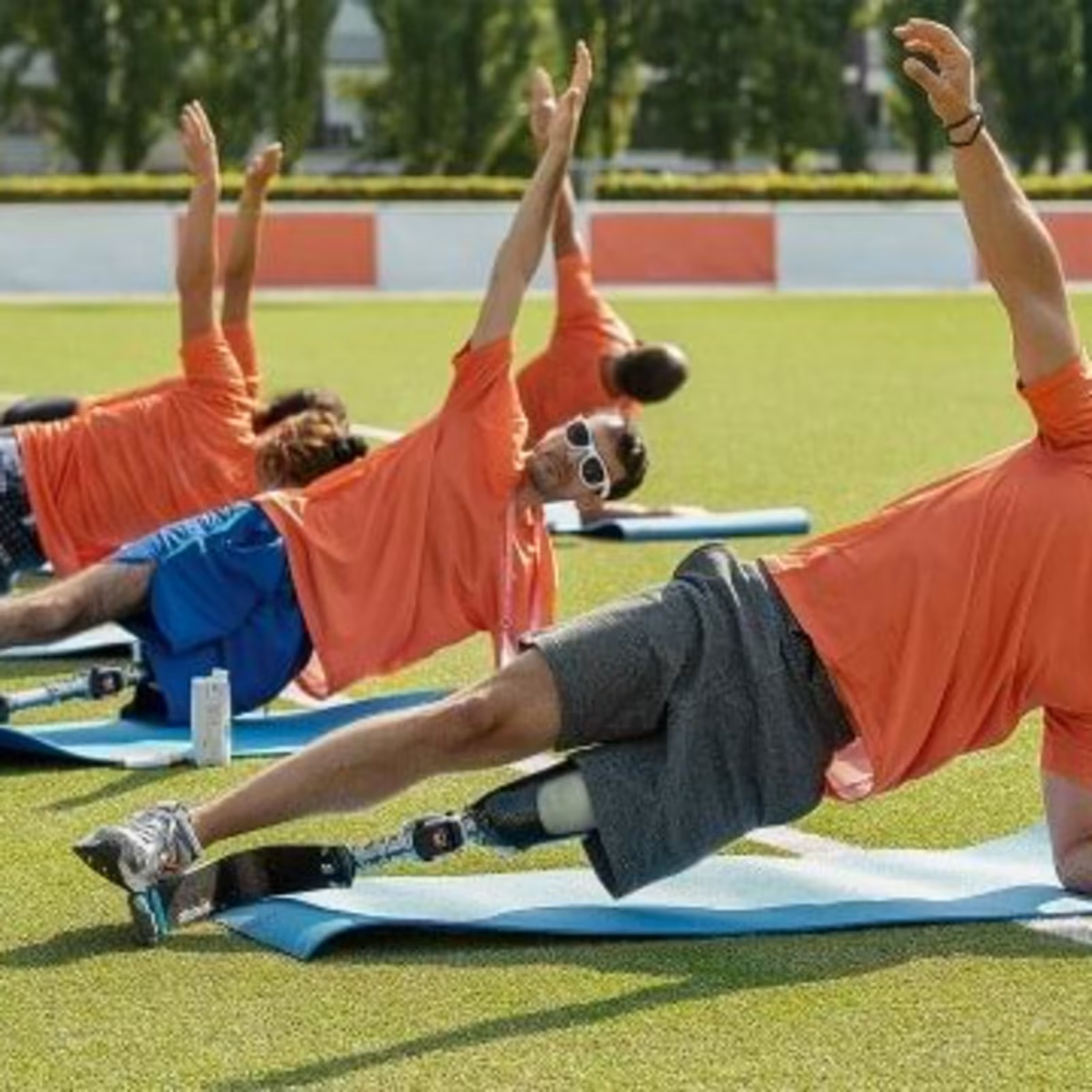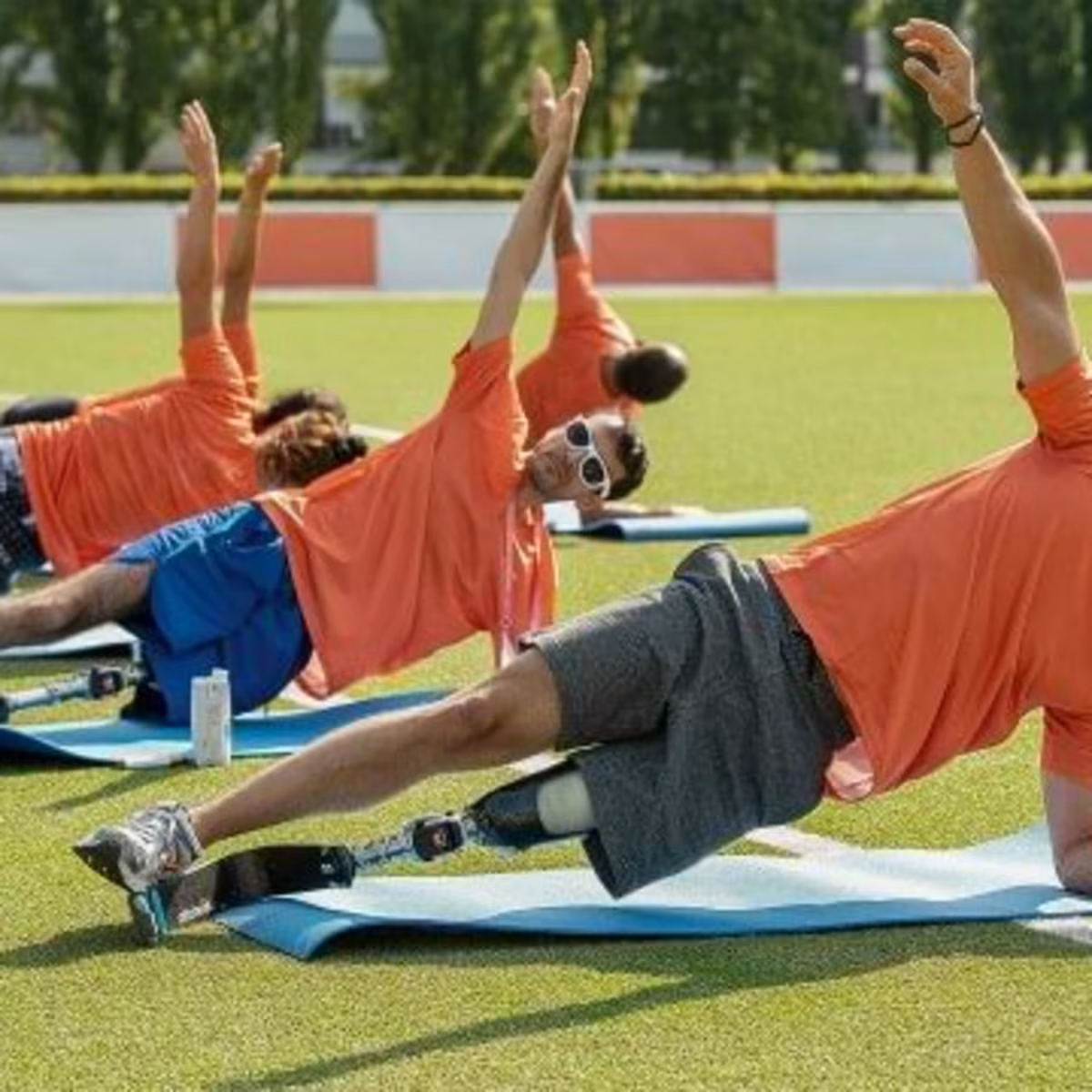


Getting started in sports with a disability
First steps are often the hardest. It’s wise not to overdo things and give your body plenty of time to adjust.
First steps are often the hardest. It’s wise not to overdo things and give your body plenty of time to adjust.
A certain level of fitness is required to participate in sports safely. For this reason, beginners in particular should listen to their body and avoid overexerting themselves. Resting periods are just as important as training, because the human body needs time to adjust to the increasing challenges. Tackling these challenges with patience takes determination and discipline, but it’s worthwhile if you want a lasting and healthy relationship with sports. If you’re interested in learning more about how to get started, read on for information and ideas.
Take the plunge – take up a sport!
Running coach and former Paralympian Heinrich Popow is convinced that people with disabilities should engage in sports regularly – not despite their disabilities, but because of them.
Step 1: Medical check-up
Before you start training, you should consult a medical professional to examine and ensure you meet the necessary physical requirements.

Step 2: Find your ideal sport
What appeals to you? What are you confident you can do? Numerous factors play a role when it comes to choosing a sport. These will often include the extent of your disability and your personal fitness level. But the most important factor is: what will be fun and keep you coming back over the long term?

Step 3: Set yourself realistic goals
When you draw up your personal training plan, you should always start by taking your ability and performance into account. But we’re not talking about maximum potential here, we’re talking about the level of exercise you feel comfortable and fulfilled with. If you finish one training session looking forward to the next, you’ve probably found a healthy balance. Aiming to make small improvements over time will help raise your chances of success and keep you motivated.
Especially in endurance sports, it’s better to increase the duration rather than focusing on maximum speed at first. For some sports, you may need to practice handling your prosthetic or orthotic device first.

Step 4: Find your rhythm
If you join a club or a sports team, you’ll generally find there are fixed times for the group training sessions. If you’re starting out alone, it’s a good idea to draw up a weekly plan to make sure it’s manageable long-term. For example, if you want to do an endurance sport, you could choose three days a week where you go out and train after work. Write down these days in a journal. Once exercise has become a habit, you’ll find it easier to get out there on days when you don’t really feel like it.
